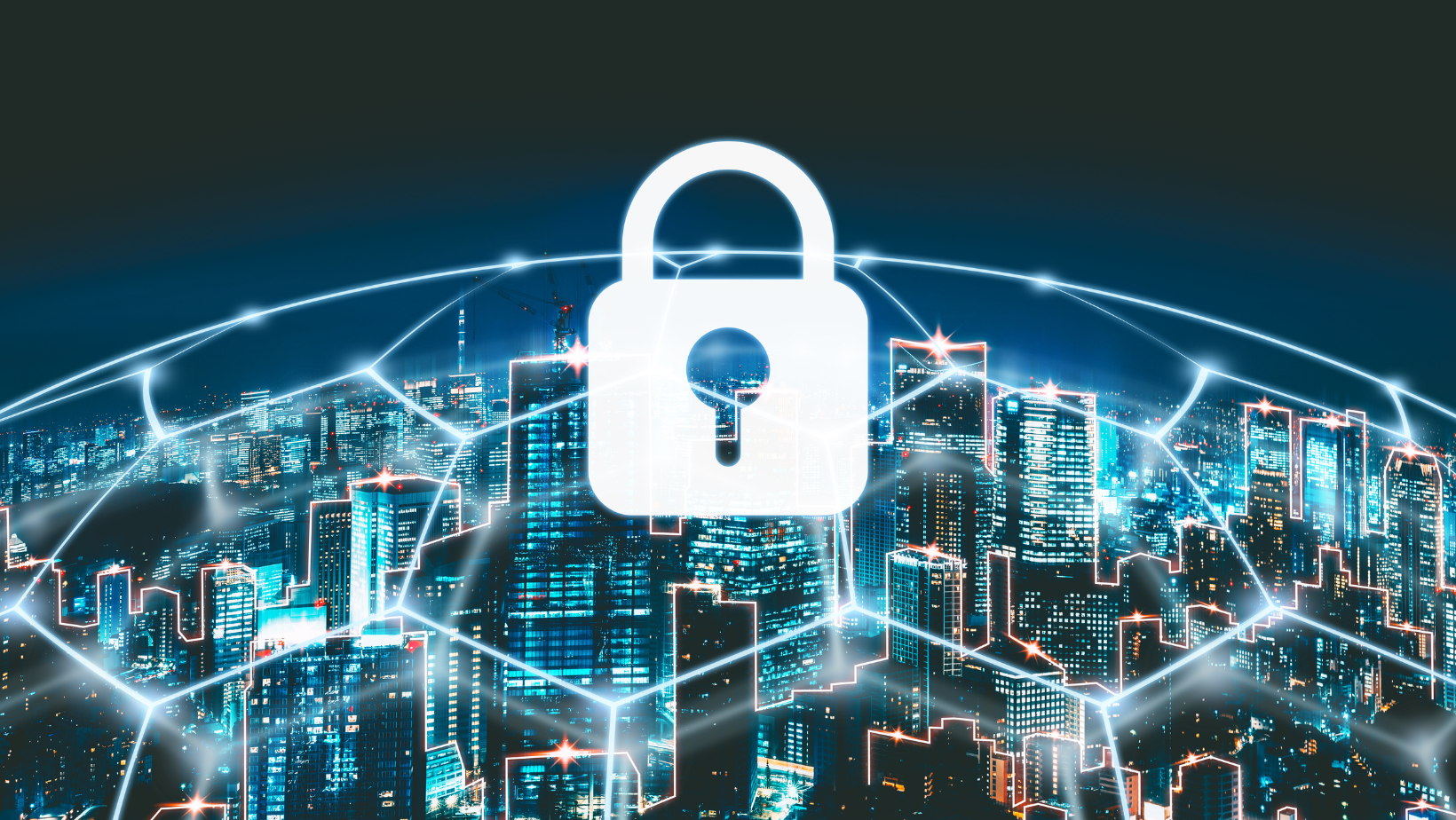Data centers are the backbone of an organization's IT infrastructure in this era of digital transformation. They store important data, applications, and technologies that are essential to businesses, making data center security a top priority. Data center security involves both physical and virtual protection against various threats, including cyber-attacks, data breaches, and physical break-ins. In this context, it is crucial to implement cybersecurity best practices in your data center. In this article, we will outline some key guidelines to help you enhance the security of your data center.
Understanding Data Center Security
Data Center Security refers to the holistic protection of your data network and all connected technologies, including both the physical and virtual aspects. The sensitive data and vital operations hosted in data centers make them prime targets for various threats, including cyber-attacks, data loss, and unauthorized access. It is essential to recognize that data centers provide a myriad of services, including data organization, processing, storage, recovery, and backup. Given their central role, data center security and physical safety must be the utmost priority. Access control and safety procedures must be consistently managed and maintained.
Best Practices for Data Center Security
Implementing robust data center security involves a multifaceted approach, addressing both physical and virtual aspects. Let's check out the key best practices that can fortify your data center's security posture.
Physical Accessibility Security Control
- Structural Considerations: The construction and layout of the data center's physical structure are pivotal. The data center may reside within a dedicated building or share space with other services and offices. Make sure that the structure is fortified against internal and environmental threats with features such as minimal windows and bulletproof walls.
- Surveillance and Monitoring: On-site video monitoring, security guards, and metal detectors play essential roles in safeguarding the data center. Implement tiered security methods tailored to protect data sensitivity, including security checkpoints, limited access points, and controlled departure points.
- Mantraps: The application of mantraps involves an airlock system with two doors, both requiring authentication. This approach adds an additional layer of security to prevent unauthorized access.
Monitoring and Limiting Access
- Access Control: Implement stringent access control measures for physically and virtually secured spaces within the data center. Access cards, identity badges, and regular background checks are essential components to make sure that only authorized personnel have access.
- Biometric Security: Biometric technology, based on unique individual features such as fingerprints or retinal scans, adds an extra layer of protection. Many organizations are adopting biometric-controlled locks alongside conventional access cards.
- Customized Security Measures: Tailor security measures for each room and location based on the sensitivity of the data and equipment involved. Not all employees need access to every section of the data center.
Regular Network Security Audits
- Firewalls and Access Control Lists (ACLs): Deploy firewalls and access control lists to monitor and regulate traffic entering the data center's internal network. ACLs, in particular, enable or restrict traffic to specific locations by analyzing packet header information.
- Intrusion Detection Systems: Utilize intrusion detection systems to identify anomalous activities, phishing attempts, DDoS attacks, and other network threats. Two-factor and three-factor authentication enhance network security.
- Penetration Testing: Conduct regular penetration testing, preferably annually or biannually, with the involvement of certified third-party experts. This helps identify vulnerabilities and strengthen security measures.
Protection of Data
- Data Encryption: Make sure that all data is heavily encrypted, continuously monitored, and periodically backed up to safeguard it during transport. Stay updated on the latest data security protocols, trends, and technologies.
- Strong Password Policies: Enforce stringent password restrictions and cybersecurity best practices. Educate all staff members who frequently interact with data on cybersecurity awareness.
Key Takeaway
If you adhere to these guidelines, your organization can enhance the security of its data center, mitigating threats and ensuring the integrity and confidentiality of critical data and operations. Data center security is an ongoing commitment that should evolve in response to emerging threats and technology advancements. You can leave the security of your data center to I-SYS. We have a team of competent workers who can ensure the safety of your precious data.


No comments yet